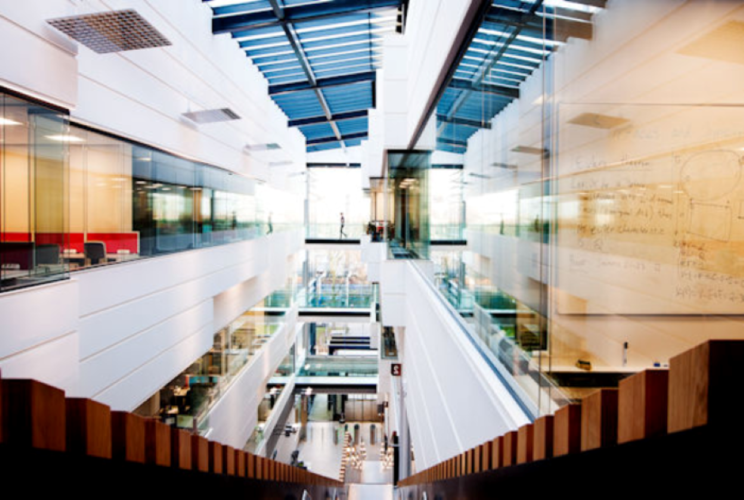
The new tool has led to the discovery of four new materials including a new family of solid-state materials that conduct lithium, an advance that is key to the development of solid-state batteries offering longer range and increased safety for electric vehicles. Further promising materials are said to be in development. The Liverpool team’s findings are detailed in Nature Communications.
The tool brings together AI with human knowledge to prioritise those parts of unexplored chemical space where new functional materials are most likely to be found.
According to the University, discovering new functional materials is a high-risk, complex and frequently long process as there is an infinite space of possible materials accessible by combining all of the elements in the periodic table, and it is not known where new materials exist.
The new AI tool was developed by a team of researchers from Liverpool University’s Department of Chemistry and Materials Innovation Factory, led by Professor Matt Rosseinsky, to address this challenge.
The tool is said to examine the relationships between known materials at a scale unachievable by humans. These relationships identify and numerically rank combinations of elements that are likely to form new materials. The rankings are used to guide exploration of the large unknown chemical space in a targeted way, making experimental investigation far more efficient. Those scientists make the final decisions, informed by the different perspective offered by the AI.
In a statement, Professor Rosseinsky said: “To date, a common and powerful approach has been to design new materials by close analogy with existing ones, but this often leads to materials that are similar to ones we already have.
“We therefore need new tools that reduce the time and effort required to discover truly new materials, such as the one developed here that combines artificial intelligence and human intelligence to get the best of both.
“This collaborative approach combines the ability of computers to look at the relationships between several hundred thousand known materials, a scale unattainable for humans, and the expert knowledge and critical thinking of human researchers that leads to creative advances.
“This tool is an example of one of many collaborative artificial intelligence approaches likely to benefit scientists in the future.”




Nanogenerator consumes CO2 to generate electricity
Whoopee, they've solved how to keep a light on but not a lot else.